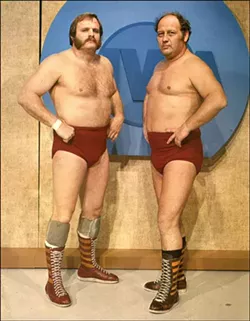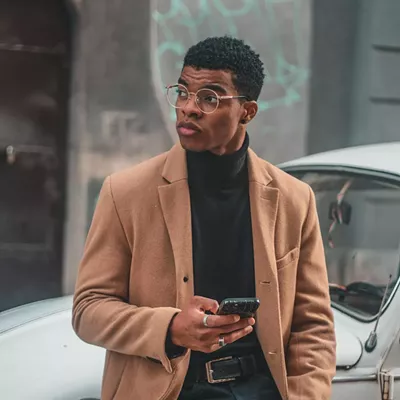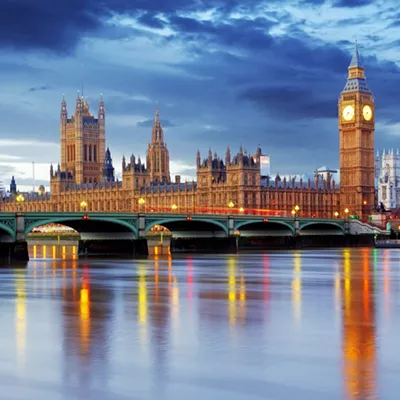Page 3 of 6
Big Jim's girth caught up to him. He died of a heart attack in 1973 and his oldest son, Jim Crockett Jr., took over. Little Jim shared his father's taciturn manner, but not his passion for the sport. When he inherited the company, Little Jim made two major changes that fueled the wrestling boom here. Charlotte had been known as a tag-team territory, but Jim realized the marketability of the individual wrestling star. He hired George Scott, a former wrestler and mastermind at creating story lines and angles, as a booker. Scott brought in guys with charisma, such as Chief Wahoo from Minnesota, who a year later would convince an unproven brash youngster, Rick Fliehr, to join him down south. Fliehr became Nature Boy Ric Flair.
On Saturdays in 1978, 106,000 homes in the Charlotte area tuned in to watch Mid-Atlantic wrestling. It outrated The Wide World of Sports, NCAA football and NCAA basketball. In Greensboro, wrestling did better with adult males than Starsky and Hutch or Kojak. Mello Yellow printed images of Ric Flair, Paul Jones and other warriors on the backs of cans; gas stations carried cups with the wrestlers on them. John Cougar Mellencamp, facing empty seats one night in Charlotte, opened his concert by saying it was a shame the Rock & Roll Express, a tag-team of fake rock stars, drew a bigger crowd than his.
The average wrestling fan was lower to middle class in the beginning. But as with NASCAR, wrestling eventually became the "in" thing to follow, says longtime fan Michael Bochicchio, who runs a wrestling Internet store off Eastway Drive. During its heyday, people in Charlotte talked about wrestling like they talk about the Panthers today.
Story lines in wrestling are called angles. In the old days, angles were drawn out over years. A big match could be the culmination of years of backstory. Ric Flair's rivalry with Ricky Steamboat spanned ten years. Some angles included drastic consequences. In one scenario, if Dusty Rhodes defeated Tully Blanchard, Rhodes would win the services of Tully's blonde, buxom manager, Baby Doll, for 30 days. (The services implied went beyond managerial expertise.) Longtime partners Jay Youngblood and Ricky Steamboat fought one match under the condition that if they lost, they could never tag together again. Prior to pay-per-view TV, the only way to see big events such as this one was in person. Traffic on US 85 going into Greensboro backed up to a standstill.
The bookers often used racially charged characters and story lines. During the Iranian hostage crisis, the Iron Sheik became world champion. In one famous angle, Flair and the Andersons jumped Rufus Jones outside the ring and forced him to wear a chauffeur's cap. No one apologized. These angles put fans in the seats. People wanted to see bad guys like Flair get what was coming to them.
On nights when the crowd gave up extra heat, the wrestlers would continue to fight all the way back to the locker rooms. Without barricades, it wasn't safe for the bad guy to be among angry fans. Mobs slashed Ric Flair's tires in the parking lot so often that he started driving junk cars to the arenas. On occasion, the crowd heat turned violent. In Greenville. SC, one night, a 79-year-old man stabbed Ole Anderson, slicing open his stomach like a fish's. Anderson, lucky to have lived, spent the day recovering in Charlotte's Memorial Hospital. But 24 hours later, he was in Raleigh for a studio taping.
Wrestlers refer to gullible fans as marks. As a kid growing up in Gastonia in the 1970s, George was the definition of the term. He stayed home from school for three days when his hero, Paul Jones, lost the belt to Blackjack Mulligan. If someone saw Ric Flair at a Waffle House, George would stake it out for weeks hoping to catch a glimpse of him. George watched a TV interview with the Andersons after they won their world championship belts. When he saw them toss their less prestigious regional belts in the garbage, George and his friends scoured dumpsters across the city looking for them.
His heroes didn't hide in Ballantyne mansions. Paul Jones had a garage on Central Avenue. Boogie Woogie bought a flower shop on South Boulevard for his frizzy haired wife and ringside manager, Big Mama. Anyone could go into Big Mama's Flowers, find Boogie there and get an autograph. Gene Anderson, who was so mean he didn't talk during interviews, loved children and owned a putt-putt and arcade on Independence Boulevard by the old coliseum. Nelson Royal ran a ranch and Western store in Mooresville. Ricky Steamboat hand-built the weights for his gym on Harris Boulevard. Jay Youngblood, Steamboat's tag-team partner and best friend, ran a juice bar inside the gym. When they wanted to relax or get something to eat, the boys hung out at Bennigans, a fake Irish restaurant.
Speaking of 4.43000
-
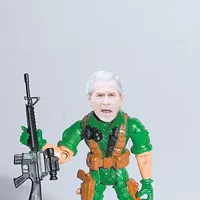
The War on Terror™, so far
Oct 17, 2007 -
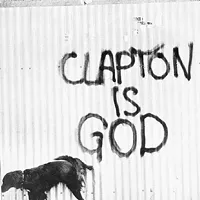
What If 'God' Was One of Us?
Oct 11, 2006 -
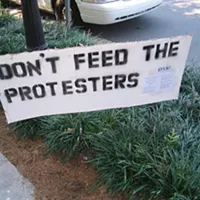
Taking Pride in Stride
Aug 30, 2006 - More »
Latest in Cover
More by Jared Neumark
-
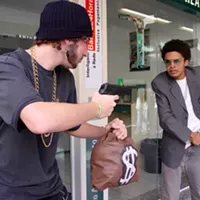
Best of The Blotter 2007
Nov 28, 2007 -
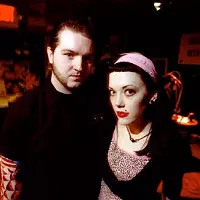
Preaching and drinking
Mar 7, 2007 -

Preaching and Drinking
Dec 27, 2006 - More »
Calendar
-
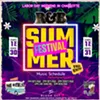
Queen City R&B Festival & Day Party @ Blush CLT
-

Half & Half! @ CATCh
-
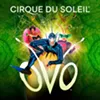 Cirque du Soleil: OVO @ Bojangles' Coliseum
Cirque du Soleil: OVO @ Bojangles' Coliseum -
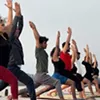
200 Hour Yoga Teacher Training in Rishikesh India @ Arogya Yoga School
-

Sound Healing Course in Rishikesh

